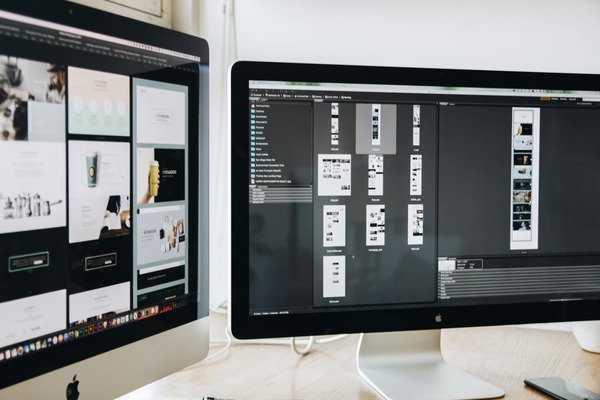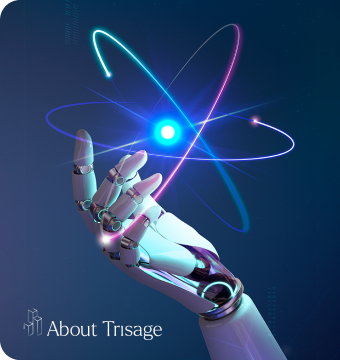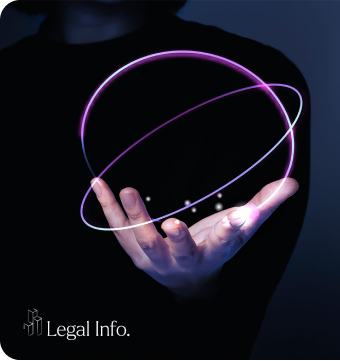In today’s digital world, first impressions are everything. When users interact with a website, app, or digital product, their experience can determine whether they stay or leave within seconds. That’s where UI/UX designing comes in. UI (User Interface) focuses on the look, feel, and interactivity of a product’s interface, while UX (User Experience) is about the overall journey and satisfaction a user gets while using the product. Together, they ensure digital platforms are not only visually appealing but also highly functional and user-friendly.
Whether it’s a business website, mobile app, or SaaS platform, UI/UX design plays a key role in shaping the way users interact with technology. It’s no longer just about looking good—it’s about performing well and keeping users engaged.
Why UI/UX Designing is Important
Strong UI/UX design is the backbone of any successful digital product. When users land on your website or app, they expect clarity, speed, and ease of use. A poorly designed interface can confuse visitors, increase bounce rates, and ultimately hurt your brand’s reputation.
On the other hand, well-thought-out UI/UX helps users navigate with confidence. It increases the chances of them completing the desired actions—whether it’s signing up, making a purchase, or simply exploring more content. In short, great design leads to better user satisfaction, improved retention, and stronger digital presence.
Moreover, UI/UX isn’t just about visuals or trends—it’s about understanding user behaviour, anticipating needs, and delivering seamless experiences across all devices.
Benefits of UI/UX Designing
Investing in UI/UX design provides several long-term benefits, such as:
- Enhanced User Satisfaction: A well-designed product delights users and encourages repeat interactions.
- Increased Conversion Rates: Better usability and clear call-to-actions lead users to take desired actions more easily.
- Improved Brand Loyalty: Consistent and intuitive design builds trust, helping customers remember and return to your brand.
- Reduced Development Time & Cost: When UI/UX is done right from the beginning, it minimizes errors and redesigns in later stages.
- Competitive Advantage: In crowded markets, intuitive design can be a strong differentiator, helping you stand out from competitors.
By putting users first, UI/UX designing doesn’t just create beautiful interfaces—it delivers real business results.
UI/UX Designing Expert Team
Behind every seamless digital experience is a team of dedicated UI/UX professionals who understand both the creative and technical sides of design. From wireframing and prototyping to usability testing and final implementation, each step requires expertise, collaboration, and attention to detail.
A strong UI/UX team typically includes:
- UX Researchers – who gather user insights and define user personas
- UI Designers – who focus on visual elements, layouts, and interactions
- UX Designers – who map out user journeys and structure content logically
- Interaction Designers – who work on how users engage with different elements
- Front-End Developers – who bring designs to life with code
When all these roles work in harmony, they ensure a user-centric approach from start to finish. Partnering with the right team can help turn your vision into a practical, high-performing digital product.
Final Thoughts
UI/UX designing isn’t just a phase in product development—it’s an ongoing process of understanding users and optimizing their digital experience. A good design makes your product easier to use, more accessible, and ultimately more successful.
If you’re launching a new digital platform or improving an existing one, prioritizing UI/UX can help you deliver the kind of experience today’s users expect. With the right strategy, tools, and team, you can build solutions that not only look great but also work effortlessly.
FAQs
Q1: What is the difference between UI and UX design?
A: UI (User Interface) focuses on the visual layout, such as colors, buttons, and typography. UX (User Experience) is about how users feel when interacting with the product, including navigation, logic, and ease of use.
Q2: Do small businesses need UI/UX design?
A: Absolutely. Regardless of size, businesses benefit from better user engagement, stronger trust, and improved conversions with a good UI/UX.
Q3: How long does the UI/UX design process take?
A: It depends on the complexity of the project. Simple websites may take a few weeks, while larger apps or platforms might take several months.
Q4: Can UI/UX help with SEO?
A: Yes. A better user experience reduces bounce rates and increases session time—both of which positively impact SEO rankings.
Q5: Is UI/UX design a one-time effort?
A: No. User behaviour changes over time, so ongoing updates and testing are crucial for maintaining a great experience.









